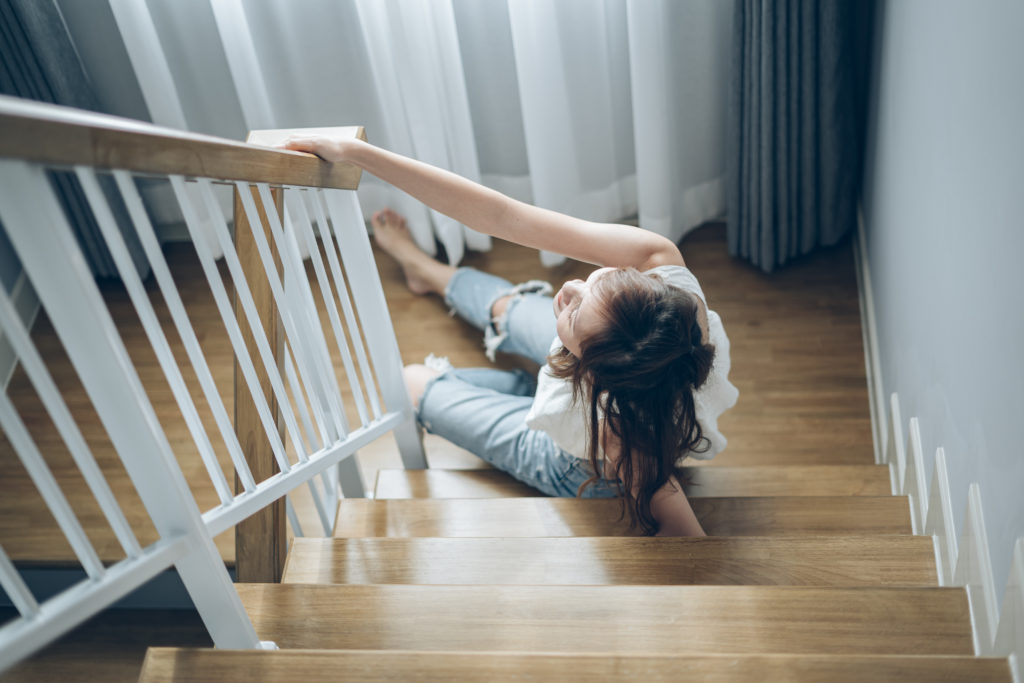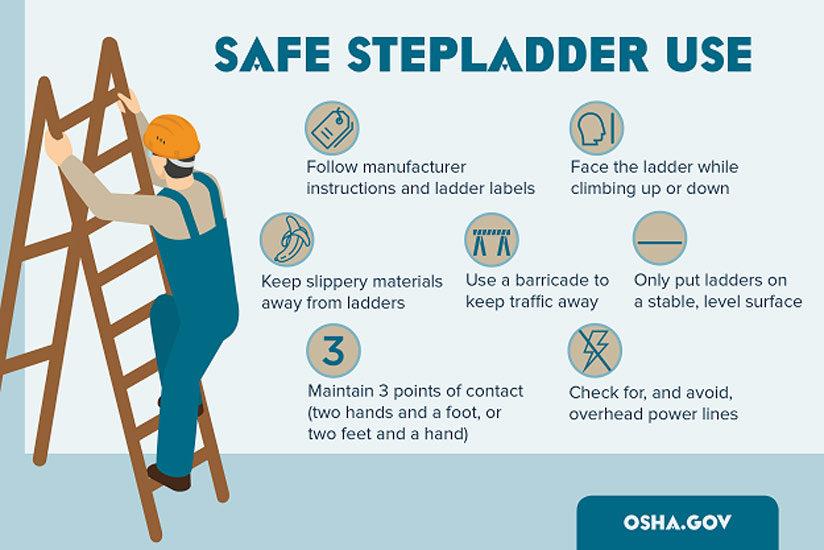
A fall resulting in injury can cost a life. Alarming statistics tell us that globally, an estimated 646,000 fatal falls occur each year, making it the second leading cause of unintentional injury death, after road traffic injuries. (WHO 2018)
By definition, a fall is defined as an unplanned descend to the floor, ground or other lower surface with or without injury to the patient. Anyone who falls is at risk of injury but factors like age, gender, and existing medical conditions affect the type and severity of that injury.
Every year in the US, 3 million older people are treated in emergency rooms for fall injuries. Especially among older Americans, falls are the leading cause of fatal and non-fatal injuries. A Centers for Disease Control and Prevention report also showed that between 2007 and 2016, age-adjusted fall death rates among older adults increased by 31%. The largest increase per year is among those aged 85 and higher, and more frequently among men than women. (CDC 2017)
And even without injuries – a fall affects our quality of life. Older adults fear falling and as a result, they tend to limit their physical activities and social engagements. This results in deteriorating physical & mental well-being, social isolation and a feeling of helplessness and anxiety.
What Conditions Make You More Likely to Fall?
Multiple reasons contribute to the reasons for falling and they are categorized as risk factors. However, many risk factors can be modified to help prevent falls such as:
- Occupations at elevated heights or other hazardous working conditions
- Alcohol or substance use
- Underlying medical conditions, such as neurological, cardiac or other disabling conditions
- Side effects of medication, physical inactivity and loss of balance, particularly among older people
- Poor mobility, cognition, and vision, particularly among those living in an institution, such as a nursing home or chronic care facility
- Weakness in the lower body
- Vitamin D deficiency
- Foot pain or inappropriate footwear
- Home hazards or dangers such as uneven steps or clutter that can be tripped over
(NCOA 2018)
What Can Happen After a Fall?
In many cases, falls do not cause injuries. But 1 out of 5 falls does cause a serious injury such as a broken bone or a head injury. These injuries can make it hard for a person to get around, do everyday activities, or live on their own.
Falls can cause:
- Broken bones, like wrist, arm, ankle or hip fractures.
- Head injuries which can be very serious, especially if the person is taking certain medicines like blood thinners etc.
- Many people who fall, even if they’re not injured, become afraid of falling
(Namkee 2019)
Recommended Steps To Prevent Falls
- Make an appointment with your doctor – A fall at home due to loss of balance is always concerning. Especially if it’s not caused by an accident or a trip hazard. The first step should always be is to speak with your doctor. Be prepared to answer questions like your medical history, any medications you are on or have you fallen before, etc. Once your doctor understands the specific factors contributing to your risk, it becomes easier to focus on a fall prevention diagnosis or medication change.
- Keep yourself active – It’s important to understand that incorporating exercise in your daily routine can go a long way. Discuss it with your doctor and when you get the go-ahead, start with activities such as walking, water workouts or tai chi — a gentle exercise that involves slow and graceful dance-like movements. Such activities reduce the risk of falls by improving strength, balance, coordination, and flexibility. If you are under a physical therapist treatment, they can create a custom exercise program aimed at improving your balance, flexibility, muscle strength and gait.
- Wear comfortable footwear – Shoes may seem like a less important accessory, but they can save you from a lot of pain, or even your life! High heels, floppy slippers, and shoes with slick soles can make you stumble and fall. Instead, wear comfortably fitted, shoes with nonskid soles. Also, keeping your shoe lightweight makes your feet mobility easier, decreasing the chances of dragging your feet and stumbling.
- Remove home hazards – The quickest method for preventing falls is to take a quick tour of your home and de-clutter especially from hallways and staircases. You can also examine every room and hallway, looking for items such as loose carpet, slippery throw rugs, or misaligned wood floorboards. Then repair, removal or replacement of those items will greatly improve fall prevention.
- Use assistive devices – Your doctor might recommend using a cane or walker to keep you steady. Other assistive devices can help, too like handrails for both sides of staircases, handrails in showers and tubs and nonslip treads for bare-wood steps, etc.
(NIA 2017)
What Can We Do to Prevent Falls?
Families with elderly parents or relatives living alone would be wise to do a home fall assessment and remove trip hazards, install grips and handrails, and look for potential dangers. Have a conversation about mobility with them and insist that they call for help when performing activities such as changing ceiling light bulbs and cleaning outside areas that require a ladder. Take a minute and introduce yourself to neighbors on the left and right of your family member and see if they would be willing to exchange phone numbers and help with a simple household task that is out of reach.
Families with young children can create a nightly routine and check for toys and debris in common pathways or on stairs. Make it a fun competitive activity where you keep track of who gets the most toys put up safely, tally at the end of the week and reward with a small privilege or an extra dollar in allowance. Use your imagination, you know what motivates your children!
Do-it-yourselfers who like to do interior and exterior maintenance that requires a step stool or ladder, be sure you follow safety measures for ladders. Cleaning gutters, power washing, and hanging light fixtures may seem like a simple task to some, but ladder falls are one of the biggest fall hazards that lead to emergency room visits.
Conclusion
Falls that result in head injuries, possible broken bones, or create a large contusion require immediate emergency attention. Keep your home safe from trip hazards and remove debris that can be unseen at night or create obstacles for special needs residents. Let’s stay safe together and by being intentional with our home passageways, halls and common areas, we can prevent medical emergencies from trips and falls.

Works Cited
“Falls.” World Health Organization, World Health Organization, https://www.who.int/news-room/fact-sheets/detail/falls.
“Important Facts about Falls.” Centers for Disease Control and Prevention, Centers for Disease Control and Prevention, 10 Feb. 2017, https://www.cdc.gov/homeandrecreationalsafety/falls/adultfalls.html.
“Falls Prevention Facts.” NCOA, 4 June 2018, https://www.ncoa.org/news/resources-for-reporters/get-the-facts/falls-prevention-facts/.
Choi, Namkee. Fall-Related Emergency Department Visits and Hospitalizations among Community-Dwelling Older Adults: Examination of Health Problems and Injury Characteristics. https://bmcgeriatr.biomedcentral.com/articles/10.1186/s12877-019-1329-2#citeas.
“Prevent Falls and Fractures.” National Institute on Aging, U.S. Department of Health and Human Services, https://www.nia.nih.gov/health/prevent-falls-and-fractures.
